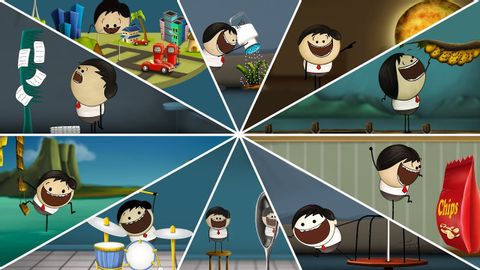プラスチック製の櫛が紙を引き寄せる方法とは? プラス10本の動画...#櫛を使って紙を引き寄せよう (How does a plastic comb attract paper? plus 10 more videos... #aumsum)
AumSum が 2021 年 01 月 14 日 に投稿  この条件に一致する単語はありません
この条件に一致する単語はありませんUS /sɛnˈseʃən/
・
UK /sen'seɪʃn/
US /fɔrs, fors/
・
UK /fɔ:s/
- n.軍隊;力;強制;武力;影響力;勢い;警察
- v.t.強要する;こじ開ける;促成栽培する
US /əˈmaʊnt/
・
UK /ə'maʊnt/
- n. (c./u.)量 : (金)額
- v.i.総計(いくらかに)達する
US /ˈnu:trəl/
・
UK /ˈnju:trəl/
- adj.中性の;中性の;中立の;中立の
- n. (c./u.)くすんだ色;(ギアが)ニュートラル;中立
エネルギーを使用
すべての単語を解除
発音・解説・フィルター機能を解除

